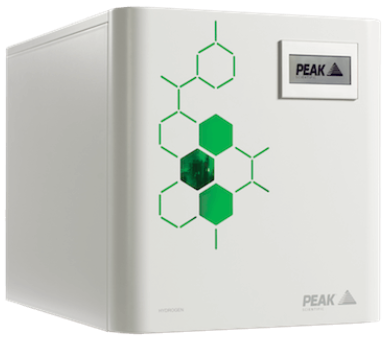Moscow snow reveals new air pollutants
GC-MS analysis of Moscow snow reveals new pollutants in the city air.
Cities, with their traffic, industrial centers and factories, usually suffer from some degree of air pollution. Moscow, which houses all of these as well as power plants and an oil refinery, is no different.
Regular monitoring of environmental pollutants is common practice in many cities and priority pollutants are detected and monitored. However, due to social and economic changes, which all cities are subject to, the environment within cities is also changing as new pollutants which haven’t previously been detected in monitored areas are now appearing.
Snow, which is a good preserving agent, can capture and preserve a large variety of organic compounds. This means that the analysis of snow in Moscow, just before it’s due to melt, makes it possible to evaluate the long-term air pollution in the city over the winter period. Gas Chromatography – Mass Spectrometry (GC-MS) is the method of choice for this analysis.
In 2016, Snow samples from Moscow were collected for analysis by Lomonosov Moscow State University and, as GC-MS identification of unknowns is more reliable when accompanied by accurate mass measurements, the samples were analysed using a gas chromatograph coupled with a high resolution time-of-flight mass spectrometer (GC-HRMS).
The snow samples were melted at room temperature and filtered through a paper filter with further sample preparation carried out according to the US EPA Method 8270. Before GC-HRMS analysis was conducted, the concentrated basic and acidic dichloromethane extracts were combined.

A Precision hydrogen generator, pictured above, could be used to supply the carrier gas for US EPA Methods 8270C and 8270D
Lomonosov Moscow State University reported the presence of several new pollutants in the Moscow snow accumulated during the 2016 winter period, including iodinated compounds, polychlorinated anisoles and Ni-containing organic complex, all of which are unexpected in environmental samples.
These results show that as our cities are changing, so are their pollutants and air pollutants which would previously have been unexpected in cities are now increasingly likely to be present. However, as only priority pollutants are regularly monitored, it would be prudent for environmental monitoring to take into account the changing nature of air pollutants in our cities. GC-MS analysis can be further utilised for this purpose.
Found this article useful? You may also be interested in:
Gas Chromatography Method List
Converting your GC carrier gas from helium to hydrogen : a step by step guide
GC research shows benefits of hydrogen over helium